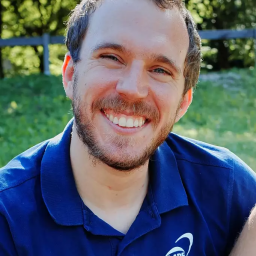Joint Astrophysical Colloquium
Cosmological constraints from cluster abundances in the first SRG/eROSITA All-Sky Survey
Vittorio Ghirardini (MPE)
Thursday 19/10/2023 @ 11:30, Sala Antonio Sollima (IV piano Battiferro) + remoto
Galaxy groups and clusters trace the distribution of the most prominent peaks in the matter density field at late time. Therefore, they provide valuable insights into the growth of structure in our Universe, the nature of dark matter, and, in general, the cosmological parameters that describe the content of our Universe and govern its formation and evolution. The primary science goal of eROSITA, on board the SRG Mission, launched in 2019, is to perform a precision cosmology experiment through the evolution of cluster mass function. I will present the cosmological constraints from the 5263 clusters of galaxies securely detected and optically confirmed in the area of 13791 deg^2 of the Western Galactic Hemisphere covered by Legacy Survey DR10-South. The overlap of 4968 deg^2 containing 2348 clusters between eROSITA survey and DES, KiDS, and HSC are used to perform mass calibration using the weak gravitational lensing effect. In particular, we have tested four different cosmological models: the standard LCDM, wCDM where we fit for dark energy equation of state, nuCDM where we fit for the right-handed neutrino summed masses, and the nuwCDM where we fit for both dark energy equation of state and summed neutrino masses. I will present the results and focus particularly on the key aspects of this analysis that allow us to perform a precision cosmological experiment using cluster number counts. Namely, contamination treatment, selection function, weak lensing mass calibration, and the whole Bayesian hierarchical forward modeling approach.

